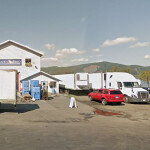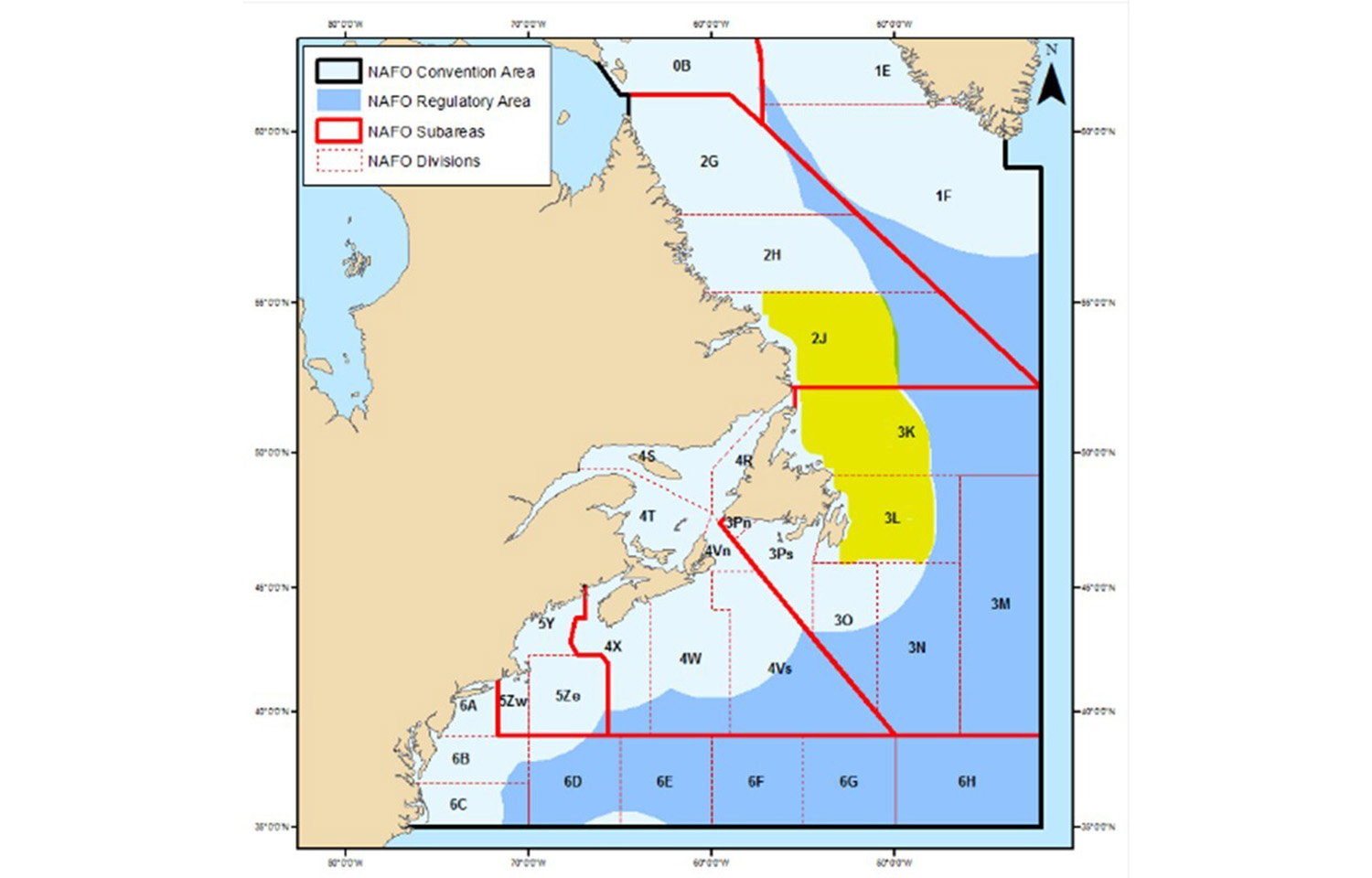Canada’s Department of Fisheries and Oceans (DFO) has reopened the Northern cod fishery after a 32-year moratorium, setting an 18,000-metric-ton (MT) quota distributed between inshore, Indigenous, and offshore vessels.
Canadian Minister of Fisheries Diane Lebouthillier made the decision for a 5,001 MT increase in quota for the 2J3KL cod fishery – moving it from a “stewardship” to a commercial fishery. The move comes after the industry-led Northern Cod Fishery Improvement Project in Newfoundland and Labrador, Canada, started in 2015, launched a USD 8.5 million (EUR 7.9 million) initiative to tag and track cod in 2019, and collected multiple years of telemetry data to aid in the fishery’s recovery.
The quota set by the DFO will see the inshore fleet receive 83.73 percent, or 15,071 MT, of the 18,000 MT quota. Indigenous fishers will receive 6.66 percent, or 1,198 MT, and the offshore fleet representing vessels larger than 100 feet will receive 6 percent, or 1,080 MT. The remaining quota is split between a special allocation for the NunatuKavut Community Council, midshore fixed gear vessels between 65 and 100 feet, and midshore mobile gear vessels between 65 and 100 feet.
The DFO added that the inshore sector allocation of 15,071 MT will have 3,014 MT provided for 2J-based inshore harvesters. The 2J sector of the 2J3KL fishery is the northernmost sector.
The reopening was immediately welcomed by seafood companies in the region, some of which continued to maintain cod-processing operations despite the stock's collapse.
"Our plant – backed by the people and the community – has stayed committed to cod through the many challenges since the moratorium over 30 years ago," Icewater Seafoods President and CEO Alberto Wareham said in a release. "We have continued to invest in the best-available technology, invested in and advocated for science and sustainable management, and worked tirelessly to keep Newfoundland and Labrador cod present in premium world markets."
St. Johns, Newfoundland-based Ocean Choice International also welcomed the reopening.
"The reopening of the Northern cod fishery is a long-awaited day. It is a once-in-a-generation opportunity to create a success story for a fishery that defined our province for hundreds of years," Ocean Choice International CEO Martin Sullivan said. "It is important that all industry stakeholders focus on getting it right. That includes harvesting, processing, and marketing a sustainable, high-quality product that is competitive in global markets. It will also require that future decisions provide the certainty needed to enable long-term investment planning by industry participants."
The Atlantic Groundfish Council (AGC) had advocated for a higher quota and said members of the council are encouraging “a sustainable and cautious approach to the fishery.”
"Our members share a long history in the cod business and want to achieve the ultimate objective of a Marine Stewardship Council (MSC)-certified Northern cod fishery for the benefit of all harvesters,” AGC President Sylvie Lapointe. “Together with the Sustainable Fisheries Partnership and customers in the U.S., Canada, U.K., and France, we have been funding a leading fishery improvement project focused on Northern cod. We will continue to invest in that project, which has included almost [CAD] 10 million [USD 7.3 million, EUR 6.8 million] to date."
The Fish, Food, and Allied Workers Union (FFAW) in Newfoundland and Labrador has been pushing the DFO to commit to a promise to give the first 115,000 MT of the quota to the inshore sector an Indigenous groups – a promise that it reiterated in 2021.
“At a TAC level less than or equal to 115,000 MT, directed fishing activity will be limited to inshore harvesters and Indigenous groups in Newfoundland and Labrador,” DFO said. “All other fleets, where no quota is allocated, will be limited to bycatch only.”
However, the latest update to the Northern cod stock has included 1,080 MT of stock for the offshore fleet – a move that the FFAW said ...








